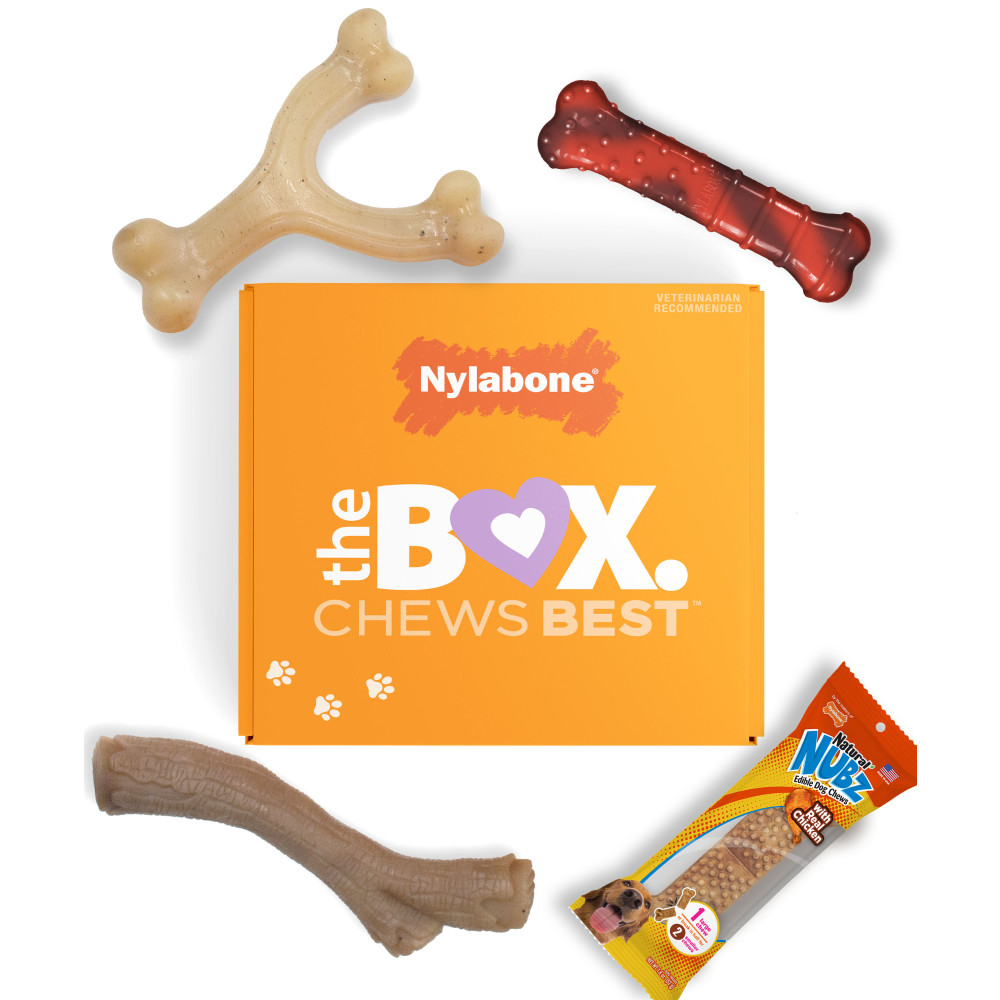Maltese Dog Breed
Country of Origin: Italy
Height: Males 8.5–10 inches, females 7.5–9 inches
Weight : 6–9 pounds
Coat: Single coat is long, flat, silky, dense
Colors: Pure white; light tan or lemon markings permissible
Other Names: Bichon Maltiase
Registries (With Group): AKC (Toy); UKC (Companion)
Origin and History
The Maltese is an ancient dog breed, one of several small "bichon" dogs found around the Mediterranean for thousands of years. His exact place of origin is a mystery, with conjecture including Sicily, Egypt, and southern Europe, but most historians pinpoint Malta for the development of the breed. The island of Malta, off the southern coast of Italy, was colonized by the Phoenicians about 1000 BCE. It is possible that these small white dogs were brought to the area by the Phoenicians and/or spread elsewhere by them, since they sailed and traded around the known world. The dogs may have been bartered for food and used to help protect the ship's food rations from rodents. On Malta, these dogs were bred entirely as companions and "comforters," being especially favored by the ladies, who often carried them in their sleeves or held them in their laps when in their carriages "taking air."
The Maltese maintained his demand as a companion through the centuries. By the middle of the 19th century, the Maltese was firmly established as a pet dog in Britain and was among the first breeds to be exhibited at dog shows in the United Kingdom. The Maltese was established in the United States around the same time and today remains a popular show dog and companion.
Personality Profile
The Maltese is a tiny dog breed with big personality. They are happy to cavort with people of all ages and sizes and are wonderful companions for children who will not be too rough with them. The Maltese is a natural watchdog, alert to anything suspicious.
Care Requirements
Exercise
The Maltese is a strong little dog who is perfectly able and willing to walk along with his owner on daily outings—if he is carried too much, he may not get all the exercise he needs. He enjoys his daily walks, where he can explore, sniff, meet and greet, and exercise.
Grooming
The Maltese's human-like hair is practically nonshedding, which is a bonus for many allergy sufferers. For the show ring, he must be presented in full, flowing coat, sparkling white and clean. This long coat is high maintenance—his silky hair tangles easily if not brushed and combed frequently, and like human hair, it can develop broken and split ends. To make things easier for themselves, most people who keep Maltese as pets choose to keep them in a "puppy clip," where the hair is clipped short. It still requires brushing and combing but less frequently and with less trapped dirt. Special attention should be paid to the Maltese's face, as tearing and staining can occur around his eyes.
Life Span
The average life span of the Maltese is 15 or more years.
Training
Because the Maltese thrives on human interaction, training him to do the basics is not difficult, especially if you use positive, reward-based training methods. One aspect of training that can prove difficult is housetraining. Patience and persistence is key to successful housetraining of this breed.
Find a Nylabone chew, treat, or toy for your Maltese or extra-small dog by using our Custom Product Finder!
FOLLOW US!






